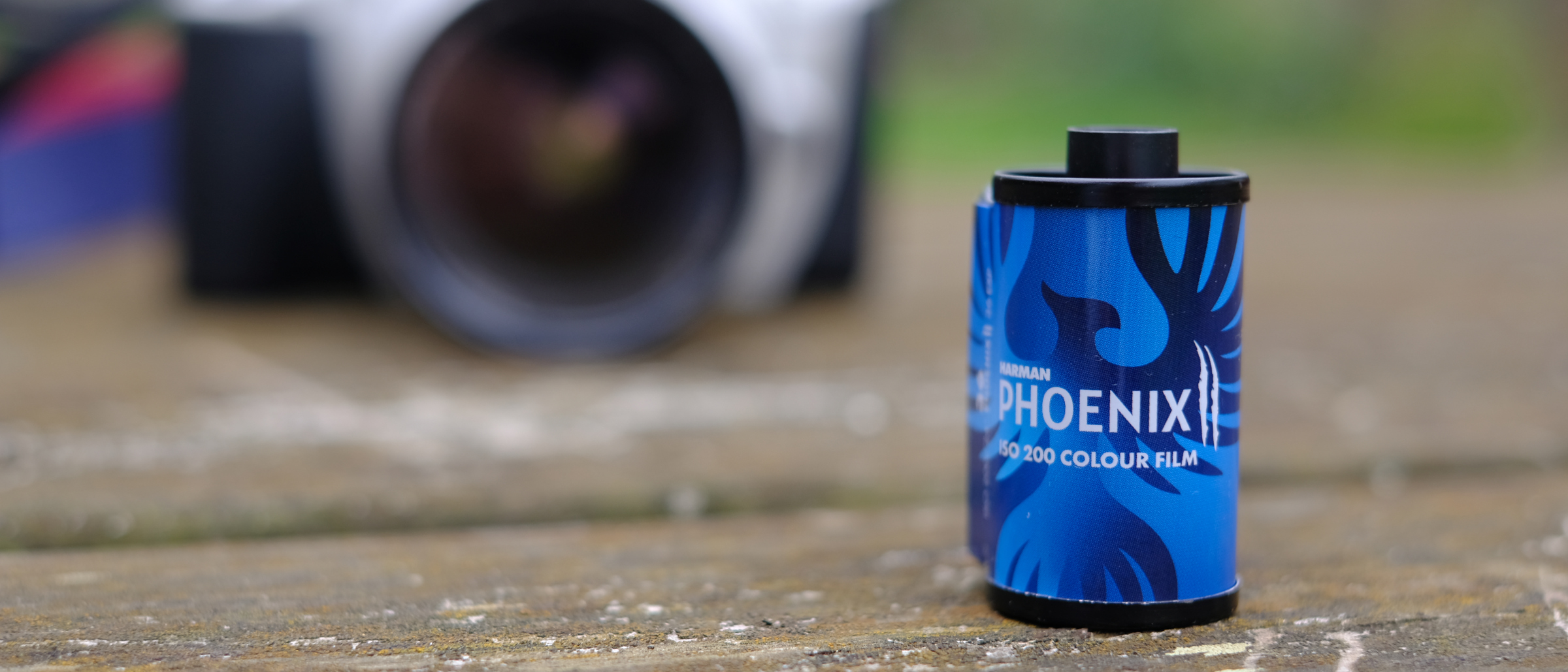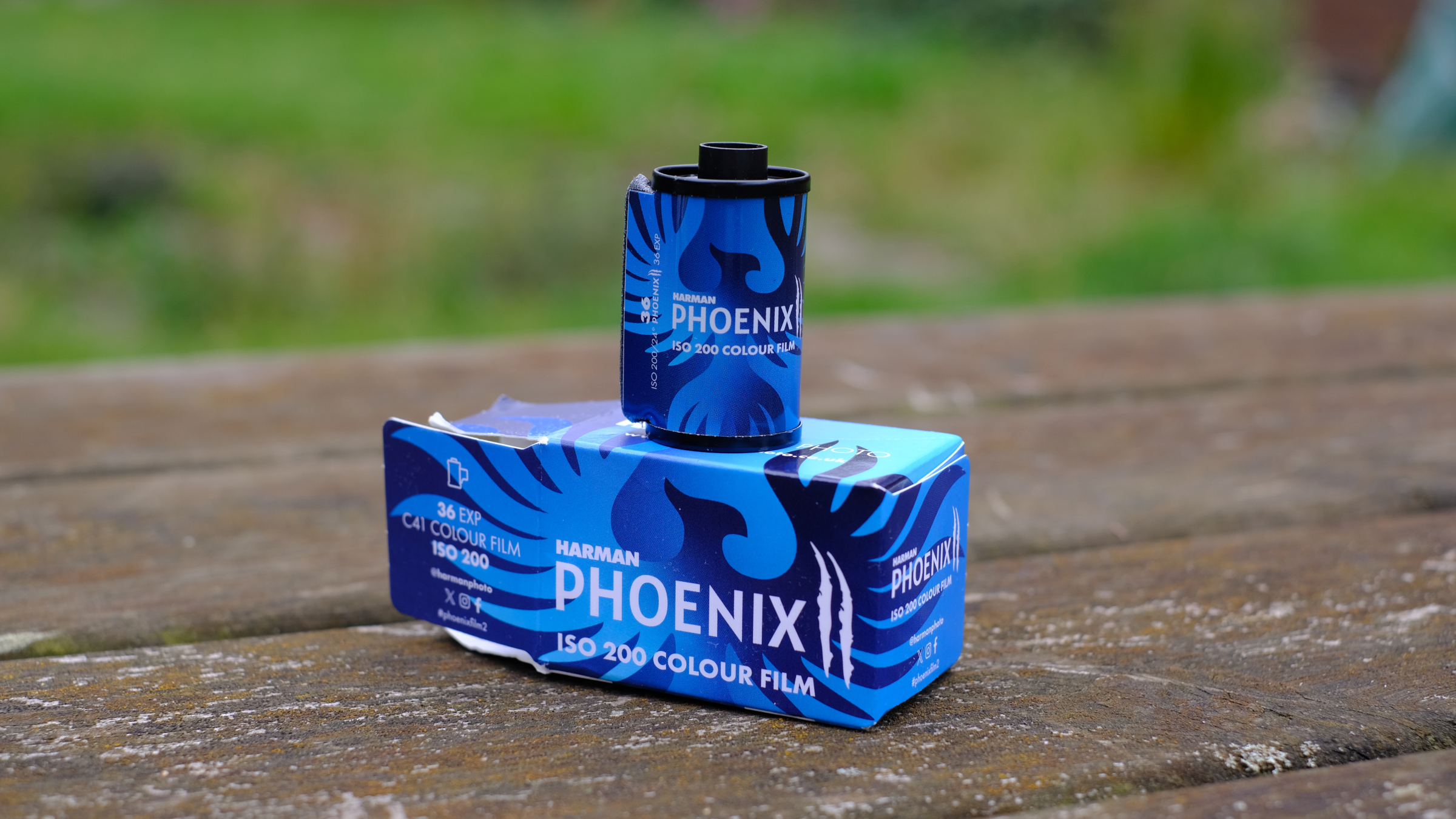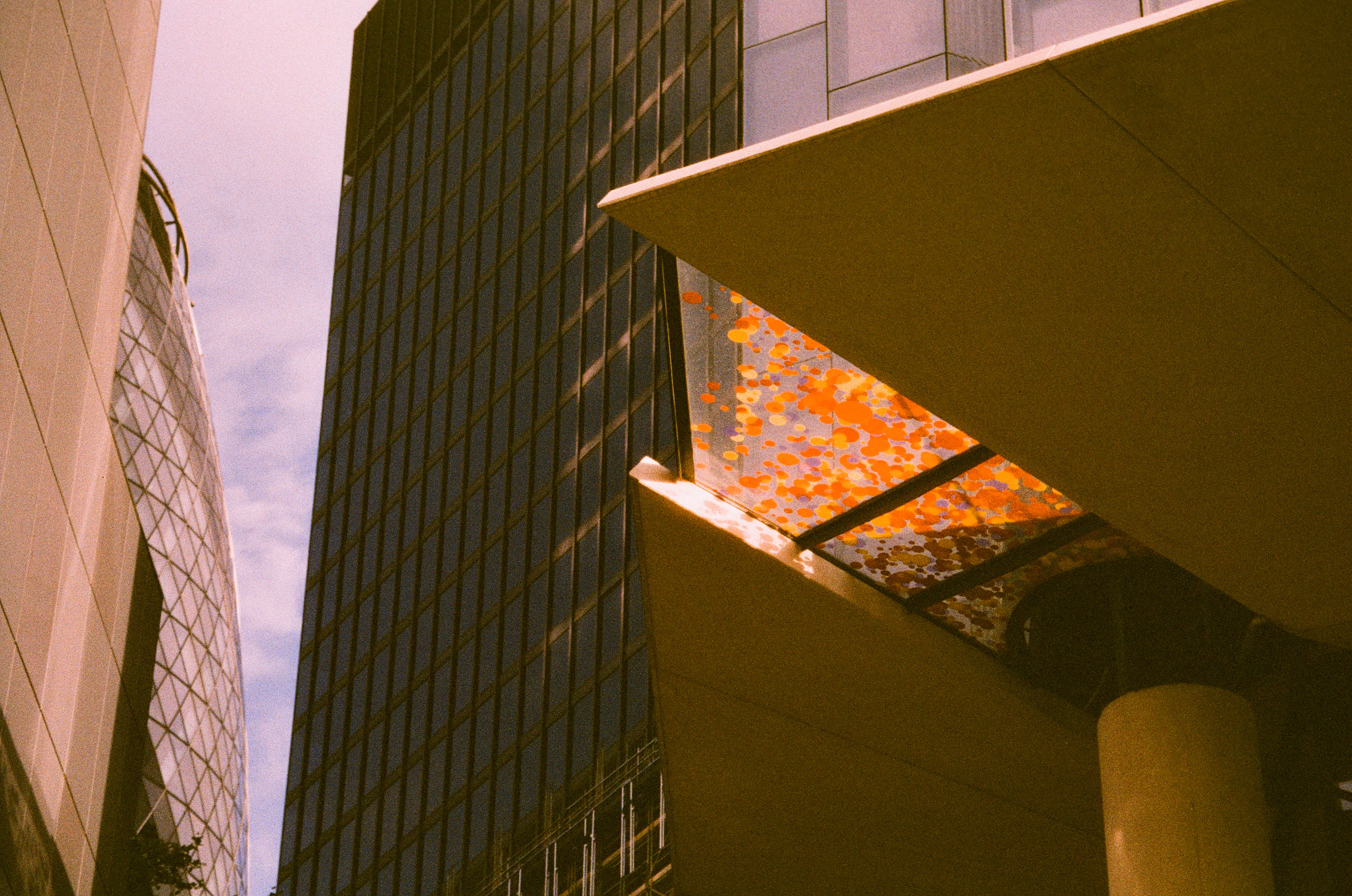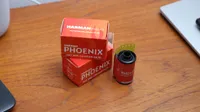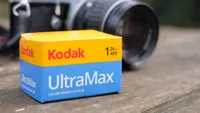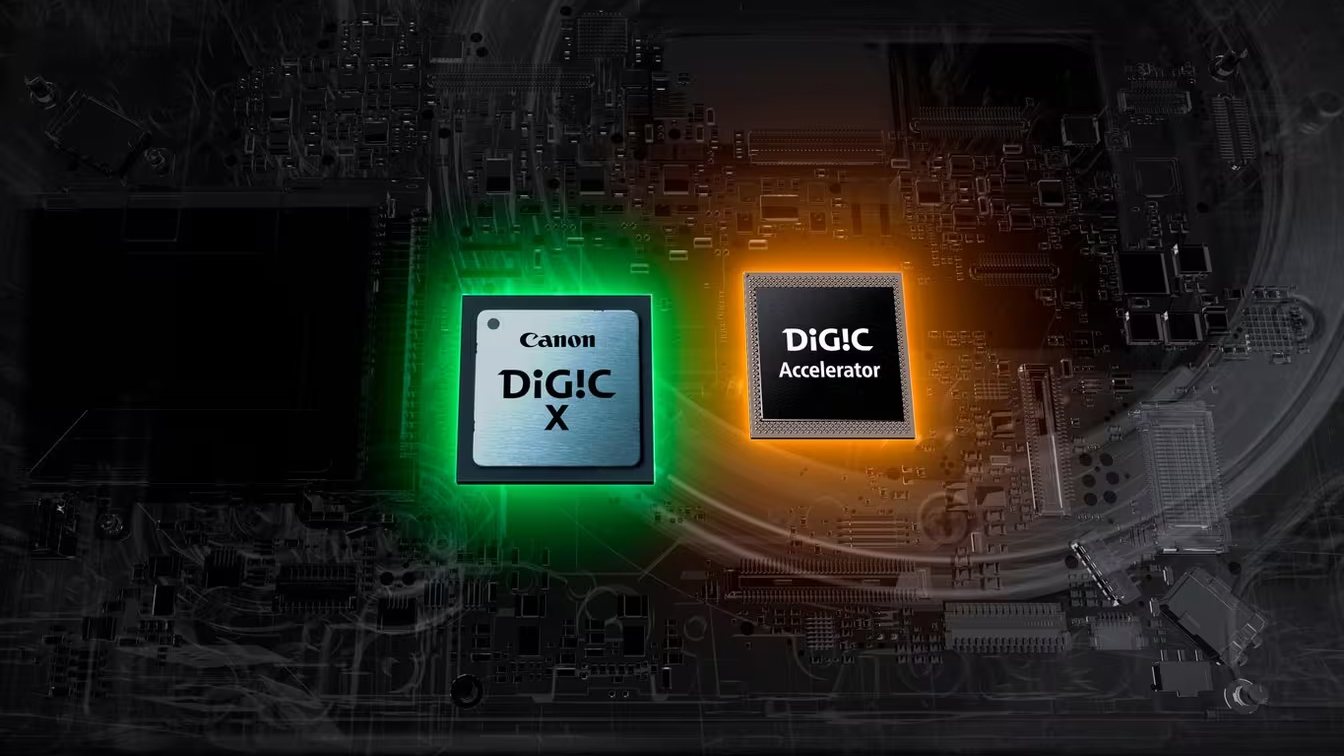Digital Camera World Verdict
Phoenix II improves on the first outing with a greater exposure latitude, but fundamentally still carries many of the same qualities. If you don’t like stylized colors, pronounced grain, and a distinct air of unpredictability, it may not be your cup of tea – but it’s definitely mine. I love it, I had so much fun with it, and I want to shoot it again as soon as possible.
Pros
- +
Distinctive images with crunchy grain
- +
Stylish halation effects
- +
Increased exposure latitude
Cons
- -
Unpredictable results
- -
Colors aren’t true to life
Why you can trust Digital Camera World
New color film stocks are a rare thing in the 2020s. This goes some way to explaining why the original Harman Phoenix 200, announced in December 2023, was greeted so rapturously by the analog-shooting community. The prospect of new color film, made by a company with a good reputation (Harman owns Ilford, the B&W specialists) could only be a good thing.
And indeed, Phoenix 200 itself proved to be… good. A little grainy, a little unpredictable, with a color palette that was striking, but hardly true to life. My colleague Gareth’s 3.5-star Harman Phoenix review was pretty representative of the majority opinion at the time – good for a first try, but we’re eager to see the next swing.
Well, the next swing is here. Harman Phoenix II has arrived. The pitch this time is that Harman has reined it in a bit and produced a film designed to be more refined and consistent. Though it hasn’t lost that unique Phoenix character, with Harman promising a slight tendency towards halation, and a purplish negative base that can lead to some unexpected hues.
When my tester box of Harman Phoenix II arrived, I was genuinely excited – it was like Christmas 2023 all over again. But the proof is in the shooting, so I loaded it up to find out how it performs.
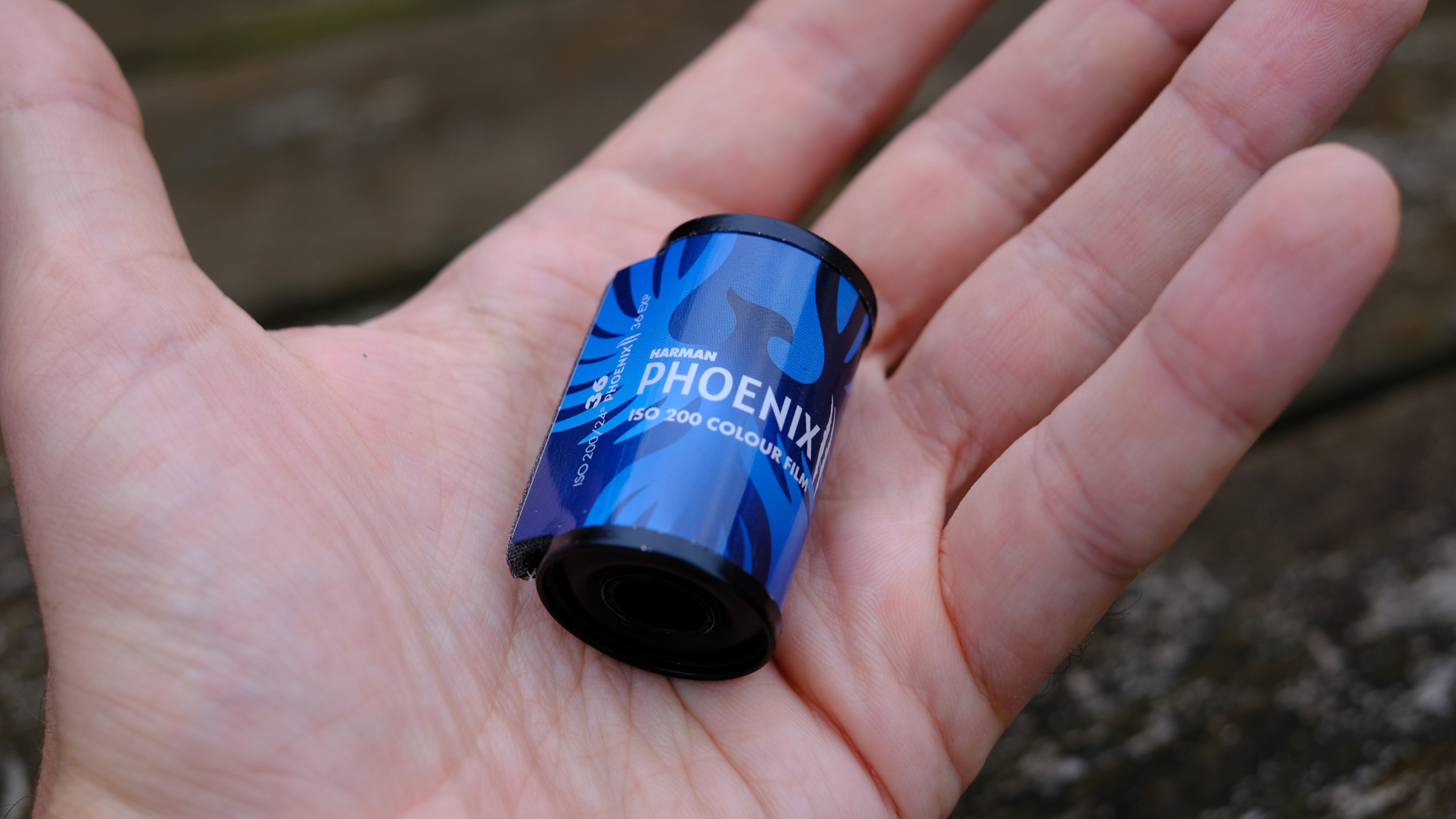
Harman Phoenix II: Specifications
Brand | Harman |
Introduced | 2025 |
Type | Color negative |
Speed | 200 |
Process | C41 |
Formats | 35mm, 120 |
Harman Phoenix II: Price & Availability
Harman Phoenix II is available now, priced at $13.99 / £12.99 for a 36-exposure roll of 35mm, and $11.99 / £10.99 for a roll of 120. This isn’t the cheapest color film on the market – Kodak ColorPlus and Gold 200 can be usually found for a dollar or so less – but it’s a long way from the most expensive, with high-end stocks like Cinestill, Kodak Ektar, and Kodak Portra costing significantly more.
You can also often save a little (not a lot) by buying Phoenix II in bulk loads of five rolls or more. As Harman Phoenix II is fairly new, I wouldn’t otherwise expect to see much in the way of price reductions anytime soon.
Harman Phoenix II is a color negative film that is developed via the standard C41 process, meaning it’s among the most cost-effective films to get developed.
The best camera deals, reviews, product advice, and unmissable photography news, direct to your inbox!
Harman Phoenix II: Performance
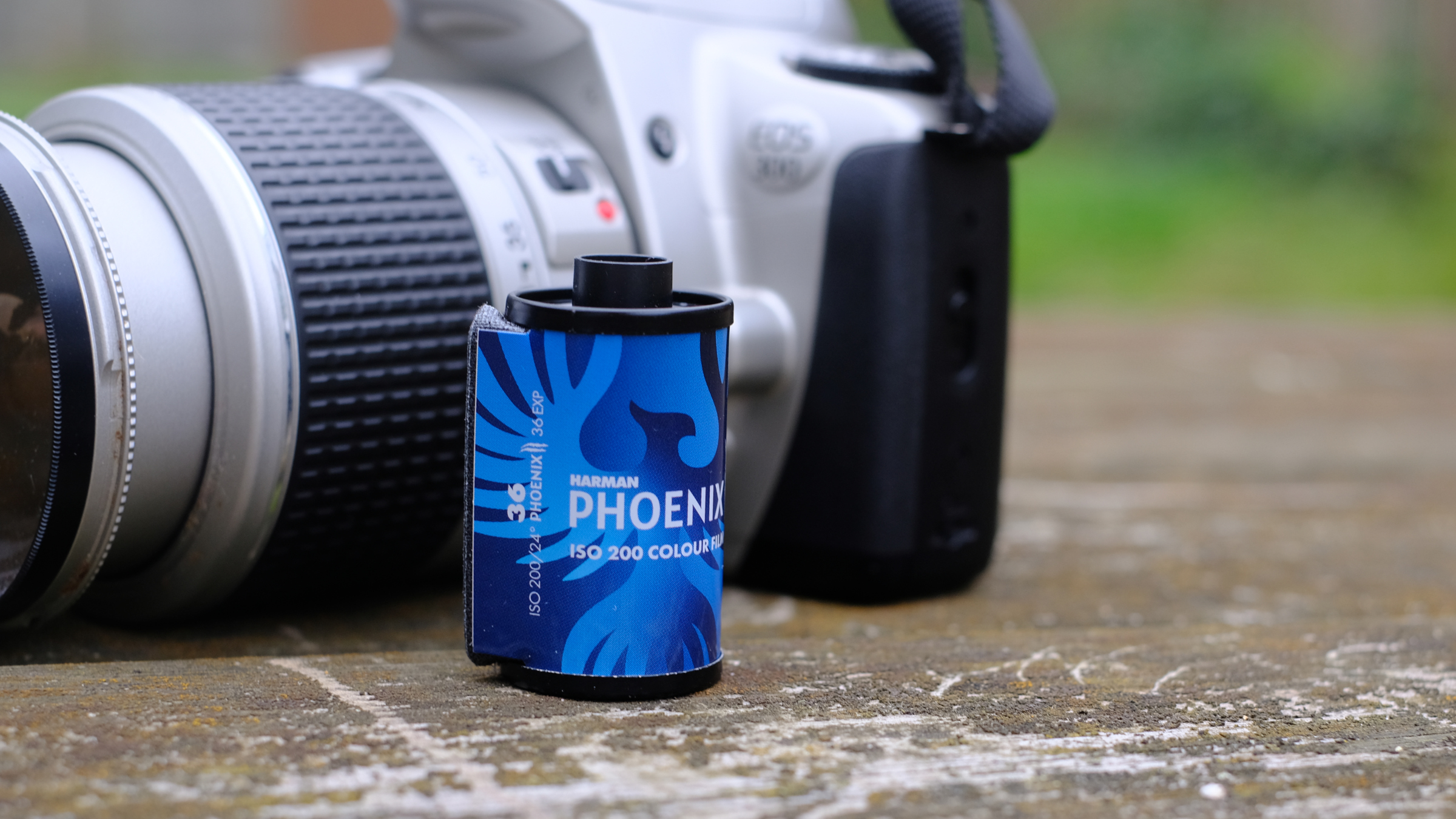
My immediate reaction upon reviewing my scans of Harman Phoenix II was along the lines of: ‘Oh, god, I’ve underexposed the whole roll. The DCW editors are gonna take my thumbs.’
I hadn’t underexposed – I’d shot at box speed – but quite a few images did come out a little dark. It feels of a piece with the film’s muted look, which imbues shots with a distinctly retro vibe. You might want to consider shooting ⅓ to ⅔ of a stop over, which the film is somewhat tolerant to.
Overall though, as I looked over the scans, I really started to warm up to them. There is a pronounced purplish tint to Phoenix II, contributing to a warm and well-saturated color palette that’s not particularly lifelike, but is very attractive. Shadow detail disappears quickly, but this can serve to give images a good helping of drama, with thick, deep shadows that contrast well with the highlights.
Another distinctive feature is the halation – the soft glow around light sources in an image, which in Phoenix II is very pronounced. It may not be to everyone’s taste, but I think it makes images incredibly characterful, and contributes to that unpredictable quality that makes Phoenix film so much fun. For instance, take a look at the first image in the 'Sample images' section, one of my favorites from the roll.
I promise you, the letters on this guy’s jacket were NOT glowing like that in real life. Could I reliably replicate this effect? Absolutely not. Is it cool? Hell yes it is so cool, I love it.
Harman also promised a finer grain in Harman Phoenix II compared to the original Phoenix. Reviewing my shots alongside Gareth’s in his original Phoenix review, I’m not sure there is a great deal of difference in this department; Phoenix II still has a very pronounced and noticeable grain. Now, I love grain. I like my film images with bite and grit and character. So for me, this is optimal, but if you were hoping for Ektar-like cleanliness, it ain’t here.
The overall effect is that these are film images that really do feel like film, and for me personally, that’s absolute catnip. I really enjoyed Phoenix II.
Harman Phoenix II: Sample images
These images were all captured on a roll of Harman Phoenix II loaded into a Canon EOS 300 SLR with a 28-90mm f/4-5.6 lens. They were shot at box speed and developed without any pushing or pulling (Harman advises against pushing/pulling with Phoenix II). The weather on the day was quite changeable, with patches of bright sunlight and fast-moving clouds.
Harman Phoenix II: Verdict
After sitting with my shots for a while, my honest take on Harman Phoenix II is that I kind of love it. I don’t remember the last time my opinion swung so dramatically on reviewing scans, from my initial reaction of ‘Oh no, these are a muddy mess,’ to ‘This look is so retro and so cool, I want to shoot a million more rolls of this immediately.’
If you didn’t like the original Phoenix, you probably won’t like Phoenix II. It’s still grainy, unpredictable, and not exactly true to life. But if you like the sound of creating images with dramatic shadows, crunchy grain, and glowing halations – with all the unpredictable chemical joys of analog photography, basically – then you will not regret running a roll of Phoenix II. I guarantee it.
Should you buy Harman Phoenix II?
✅ Buy it if…
- You want to make high-quality prints
- You like bright, singing colors
- You mostly shoot in bright daylight
⛔️ Don't buy it if...
- You want to make natural-looking portraits
- You shoot in low light
Harman Phoenix II alternatives
For one, the original Harman Phoenix is an obvious choice. It’s grainier than its successor, and is less tolerant to messing about with the exposure, but if you enjoy unpredictable colors, it’s well worth trying out both films to see which you prefer.
A more stable and predictable film, Kodak Ultramax 400 comes at a similar price to Phoenix II. It’s bright and bouncy, designed for big sunny days and bold colors, so you may not like it if you’re charmed by the more muted look of Phoenix.
Jon spent years at IPC Media writing features, news, reviews and other photography content for publications such as Amateur Photographer and What Digital Camera in both print and digital form. With his additional experience for outlets like Photomonitor, this makes Jon one of our go-to specialists when it comes to all aspects of photography, from cameras and action cameras to lenses and memory cards, flash diffusers and triggers, batteries and memory cards, selfie sticks and gimbals, and much more besides.
An NCTJ-qualified journalist, he has also contributed to Shortlist, The Skinny, ThreeWeeks Edinburgh, The Guardian, Trusted Reviews, CreativeBLOQ, and probably quite a few others I’ve forgotten.
You must confirm your public display name before commenting
Please logout and then login again, you will then be prompted to enter your display name.
